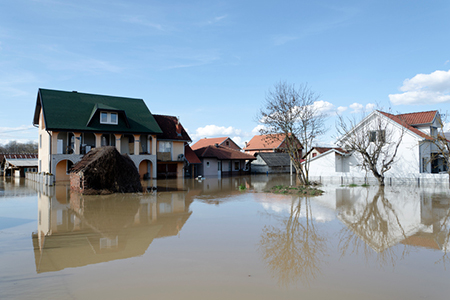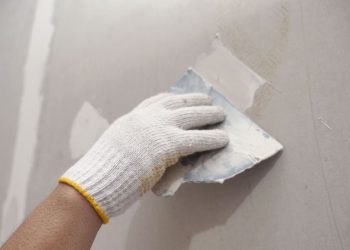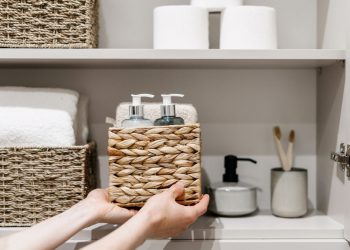Flood damages to homes can be extensive. From 2011 to 2015, the average flood claim was for more than $46,000, and the average flood insurance premium in 2015 was $700, according to the National Flood Insurance Program, or NFIP.
Dealing with the water damage quickly and safely is vital to getting the home repaired. Here are some of the first things to do after your home has flooded:
Get help for essential needs
Getting to your flooded home may be foremost in your mind, but you should first make sure you and your family are safe.
The Federal Emergency Management Agency recommends seeking help from the American Red Cross, which will likely be in the area. It can provide vouchers so you can buy new clothing, groceries, essential medications, bedding, essential furnishings and other items for emergency needs.
How to travel
Flooded roads may be closed, so if you see a barricade or flooded road, go another way, the Red Cross and FEMA recommend. Listen to the radio about what to do, where to go and places to avoid.
If you’re going to walk in areas that have been flooded, stay on firm ground. Moving water only six inches deep can sweep you off your feet. Flood debris may hide animals and broken bottles, and everything will be slippery.
Avoid electrical risks
Standing water may be electrically charged from downed power lines, so avoid it.
If you can safely turn off the electricity and water to your home, do so. If you’re unsure, call your utility company to see if it can turn them off.
Even if the power to your home isn’t working, turn off the main breaker in your fuse box and all the individual fuse connections. If power does come back on, you won’t be electrocuted if you’re in standing water and electricity.
Take photos
After your home is safe to enter, start taking photos or videos of the home and your damaged personal property. Don’t start cleaning up immediately, removing water or making repairs.
The photos will help insurance adjustors determine the amount of damage. Removing water or cleaning up before taking photos could lessen the extent of the damage and thus your insurance coverage.
Call your insurer
You hopefully have the phone numbers of your insurance company and local agent in your disaster kit. Your agent may be busy handling their own flooding or dealing with an overload of clients, so call your insurance company’s headquarters too.
Tell your insurance representative what shape your home is in and the immediate repairs it needs. Follow its directions regarding whether you should wait for an adjustor to inspect the home before making repairs.
An insurance claim for minimal damage may take only a week to resolve, while it can take up to six months for major repairs to be completed with a contractor and insurance adjustor.
Removing water and mold
If your insurer has given you the green light to begin making repairs, you can start doing the work yourself or hire professionals.
A sump pump or water vacuum can be used to remove water. If doors and windows can be opened safely and don’t allow in more water, open them to let fresh air in to circulate.
Feel free to contact me for more real estate information.











